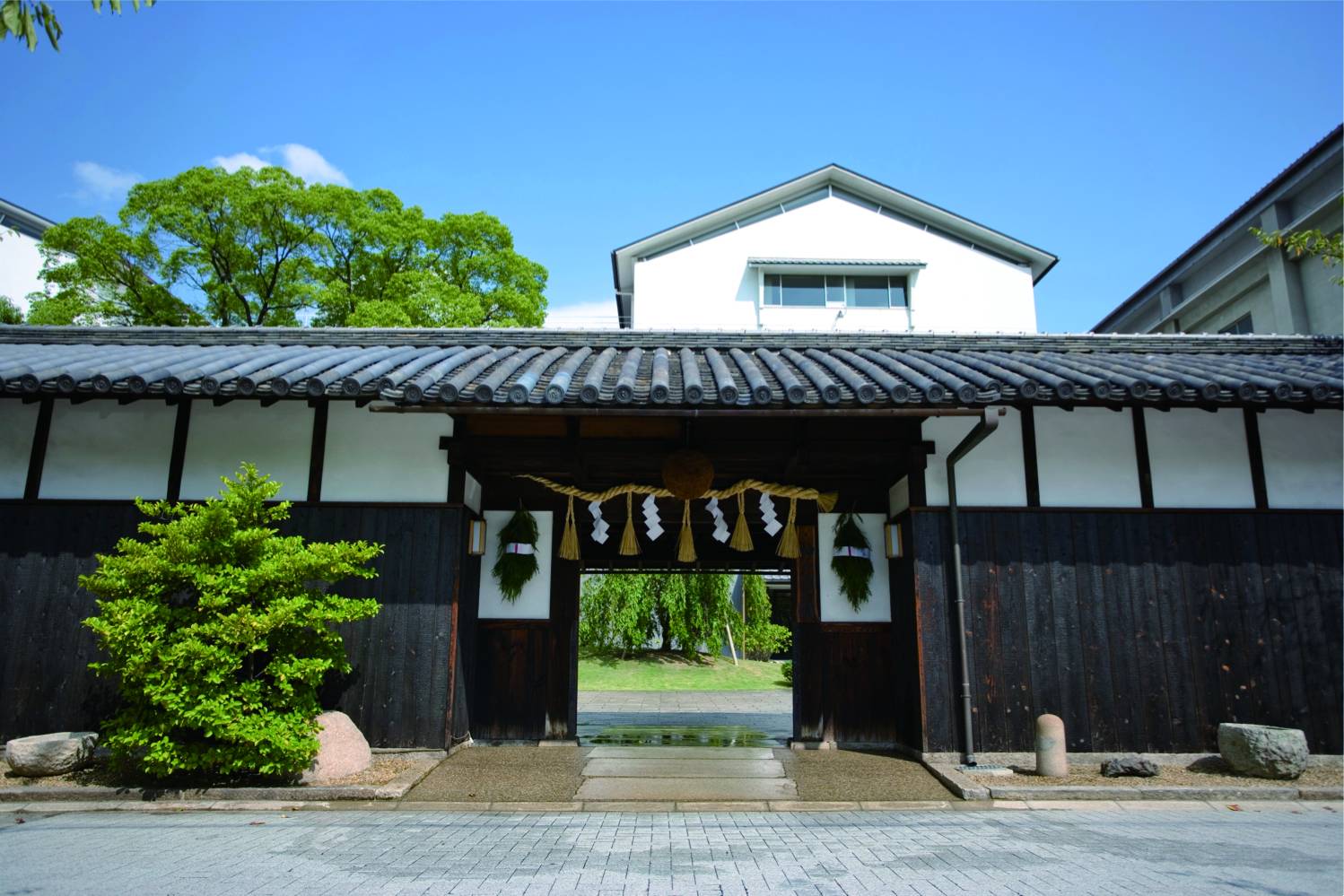Why are people in Japan and around the world continuing to give the bento so much love?
First, check out the photo below. This is a bento from Nadaman, a company that started business in 1830 as a Japanese restaurant. This bento speaks to Japanese aesthetics with its colorful arrangement while also delivering traditional tastes through its many different flavors. Some call it beauty gathered in a lunchbox. That aesthetic appeal is a unique quality of bentos that makes them so popular.


Let’s take a look in the history books to see how bentos developed their special beauty.
The beginnings of the bento can be traced to around the year 800. At that time, dried rice was used as a portable meal on the run. Portable meals changed quite a bit around 1500, when regional military leaders started holding lavish parties in the fields as a show of their might. Luxurious boxes were built to hold all the food. This is where today’s bentos inherit their aesthetic qualities.
In the 1600s, the Shogun ruled, and an era of peace ensued. Bentos become more refined as a reflection of the elegant culture that developed.
Perhaps the most famous bento is the makunouchi bento. It’s a bento that is eaten during intermission at noh, kabuki and other theatrical performances. It’s characterized by a plentiful array of different foods arranged around white rice, and it’s the style that best embodies today’s bentos. The shokado bento comes in a box with different compartments. In fact, the bento box alone comes in many different shapes and sizes.
The bento as we know it today dates back about 500 years. It has evolved into a representation of the beauty and efficiency inherent in Japanese culture. Plus it’s delicious. No wonder the bento gets so much love.
.jpg)
Nadaman’s Bento
Premium bento sold by “Nadaman,” the venerable high-end restaurant in Japan. Nadaman’s bento is filled with the seasonal ingredients and beautifully decorated that pleases your eyes as well as palate. Available for purchase at the commercial establishments such as the department stores in Japan.
























-300x300.jpg)
